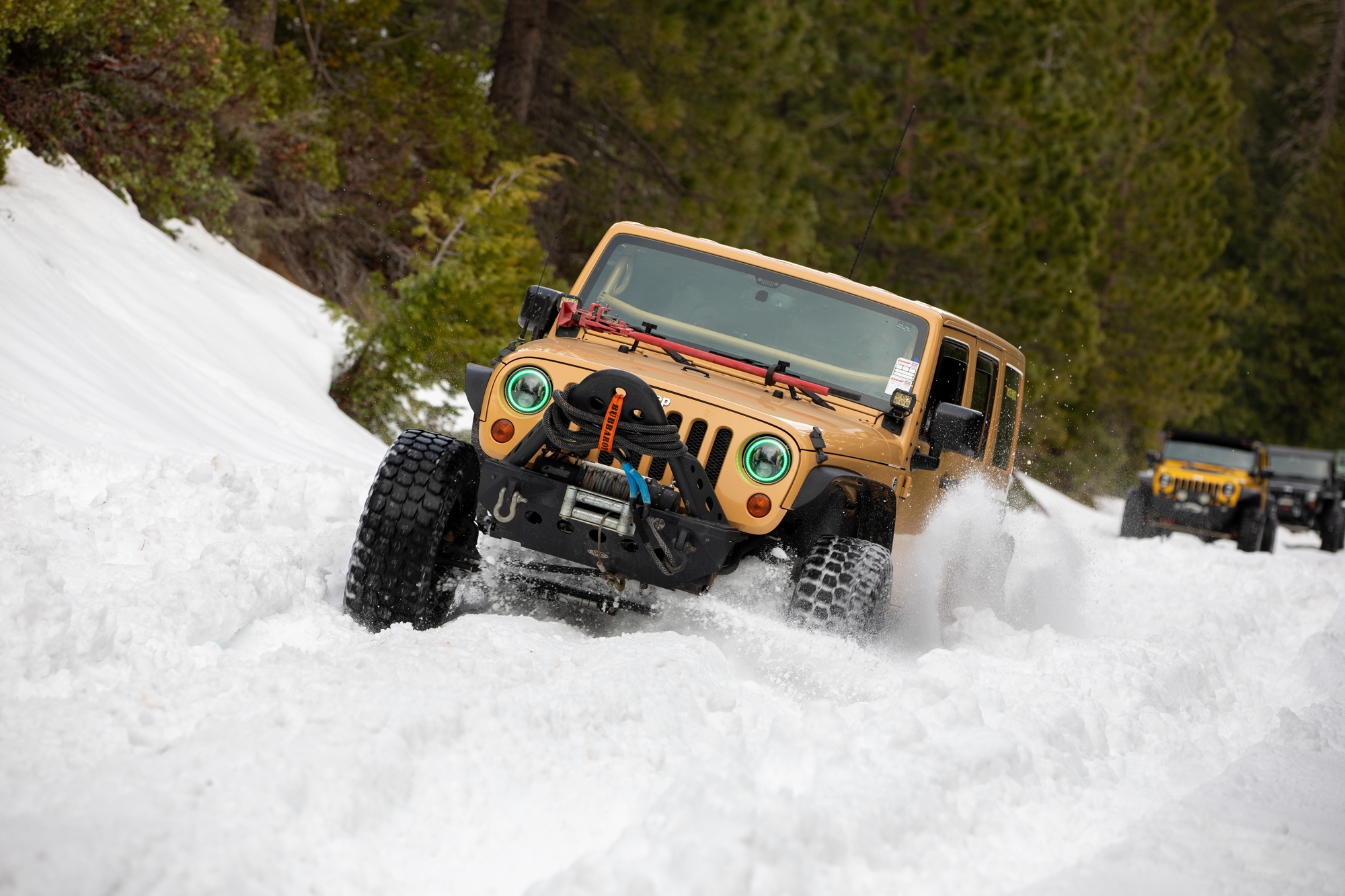
Photography by Harry Wagner
Each year in January, the California Association of 4WD Clubs holds an event in Grass Valley dubbed Winter Fun Festival. Volunteers get permits from the Forest Service, rent out the Grass Valley Fairgrounds, collect entries, cook meals, and lead a host of runs that vary from historic and scenic to nearly impassable. After years this has become a well-oiled machine that operates efficiently, even when handling over 600 participants. This year through Cal4Wheel for a loop though with unprecedented snowfall at the beginning of the year. Yes, there can be such a thing as too much snow for a snow run, when the power is out and there are downed trees across roads and trails. As such, instead of being on the traditional date in the middle of January, Winter Fun Fest happened at the end of February in 2022. Although there was less snow by this time, we had just as much fun seeing old friends and making new friends on the trail.
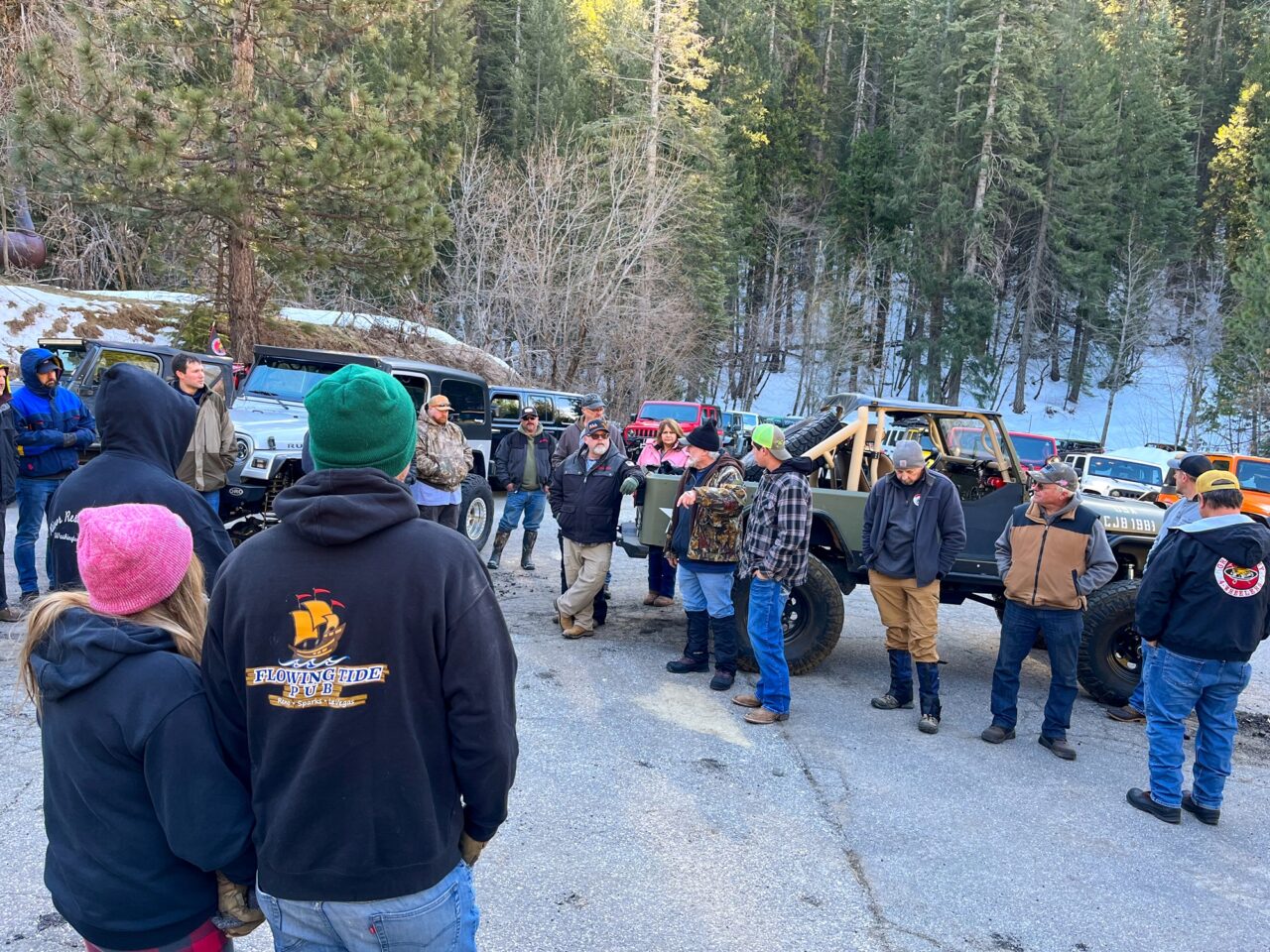
Each trail run begins with a drivers’ meeting. There were plenty of volunteers along on each run to lend a hand, each in a vehicle that clearly identified them as being part of the trail crew. Our run on Frostbite Extreme was staffed by members of the Grass Valley 4-Wheelers.
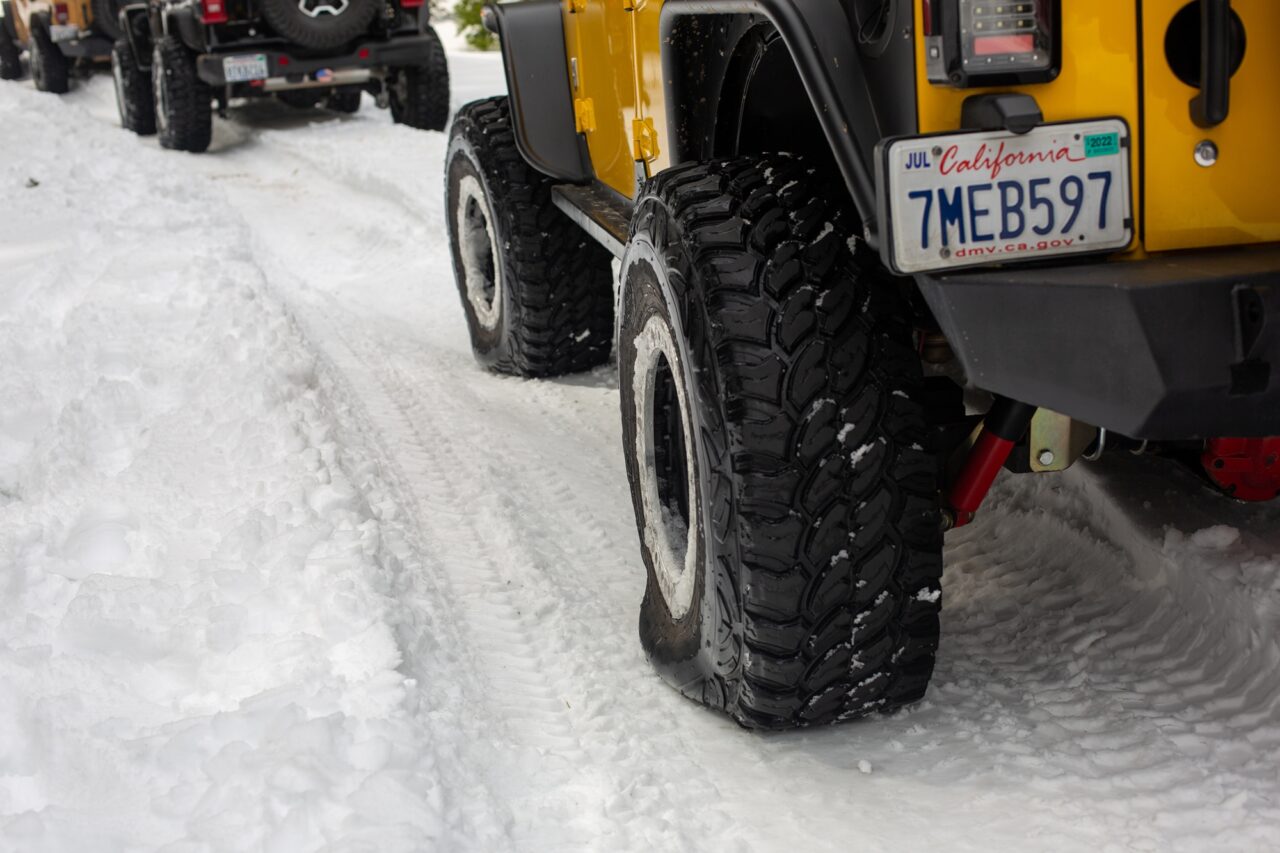
In deep snow, the lower the air pressure the better. This provides a larger contact patch and allows you to float on top of the snow rather than sink. Note that we are talking about snow wheeling in this article, which has an entirely different set of parameters than driving on ice covered roads. For snow covered roads you want narrow tires and high contact pressure to cut through the snow to the pavement below.
Snow Wheeling Tips
One of the most important techniques in snow wheeling is being able to “read” the snow. Soft, wet snow in the sun is quite different than hard, cold snow that is found on north facing slopes and in the shadows of trees. Understanding and anticipating these different consistencies is important. Wet, heavy snow is often the easiest to get on top of, while dry snow you usually have to push through.
Also be aware of slopes and shadows. If you need to go back out the same way you go in to a trail, take note of the snow consistency and any slopes. Are you going to be able to get back up the hills you went down once the snow gets soft and slushy?
When you feel resistance in the snow, your natural reaction may be to try and power forward. Often times this just results in digging holes, and if you spin too much your tires can melt the top layer of snow. When this water re-freezes, it turns into ice and can literally halt you in your tracks. Instead, ease off the throttle. If necessary, back up about a foot and before trying to continue forward. Try different lines to the right or left of where you got stuck in order to find a way around the problem spot.
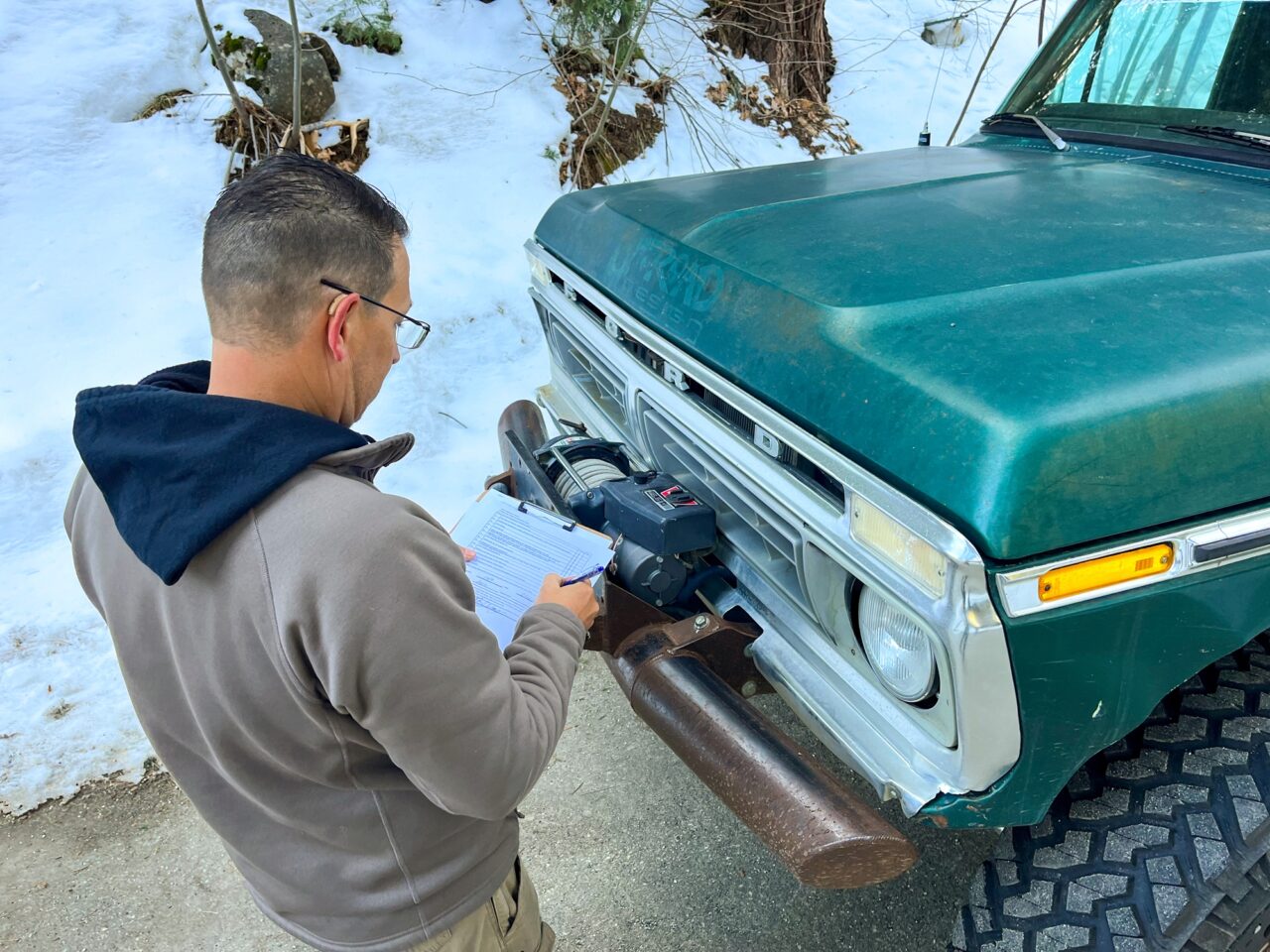
Cal4Wheel has requirements for different runs based on the difficulty of the terrain. The extreme run we signed up for required 35-inch tall tires, locking differentials, first aid kit, fire extinguisher, recovery points front and rear, and seat belts for all occupants. These are great suggestions for any vehicle, regardless of whether you are going snow wheeling, rockcrawling, or overlanding.
Snow Wheeling Modifications
A supple suspension and gobs of horsepower are not necessarily requirements for snow wheeling. Locking differentials and large tires certainly are though if you expect to get through the deepest snow. Like in the rocks, locking differentials (or lockers) ensure that both tires turn in order to keep you moving forward. These can include automatic lockers like Detroit Lockers and Lockrights or selectable lockers like ARB Air Lockers and Eaton E-Lockers. While automatic lockers remove the complications of air lines and electrical solenoids, they can also cause issues if you are on an icy sidehill, they can cause you to slide downhill when all the tires lose traction as they turn. In this situation you could simply disengage a selectable locker and have it act as an open differential to allow one tire to keep you steady.
Cooling systems are another area that should not be overlooked in snow wheeling. It might seem counter-intuitive that you need a good cooling system in single digit temperatures. Snow provides a high amount of resistance that can lead to boiling radiators and roasting torque convertors. Make certain that your radiator does not become clogged with snow, which can limit air flow through the radiator and the engine bay. If you have an automatic, run the biggest transmission cooler you can fit under your vehicle to keep it running cool. New, clean fluids are more efficient and effective than old fluids, so stick to regular maintenance schedules. This includes the right mixture of fresh antifreeze. Running straight water can cause frozen cooling systems and even cracked blocks under extreme conditions.
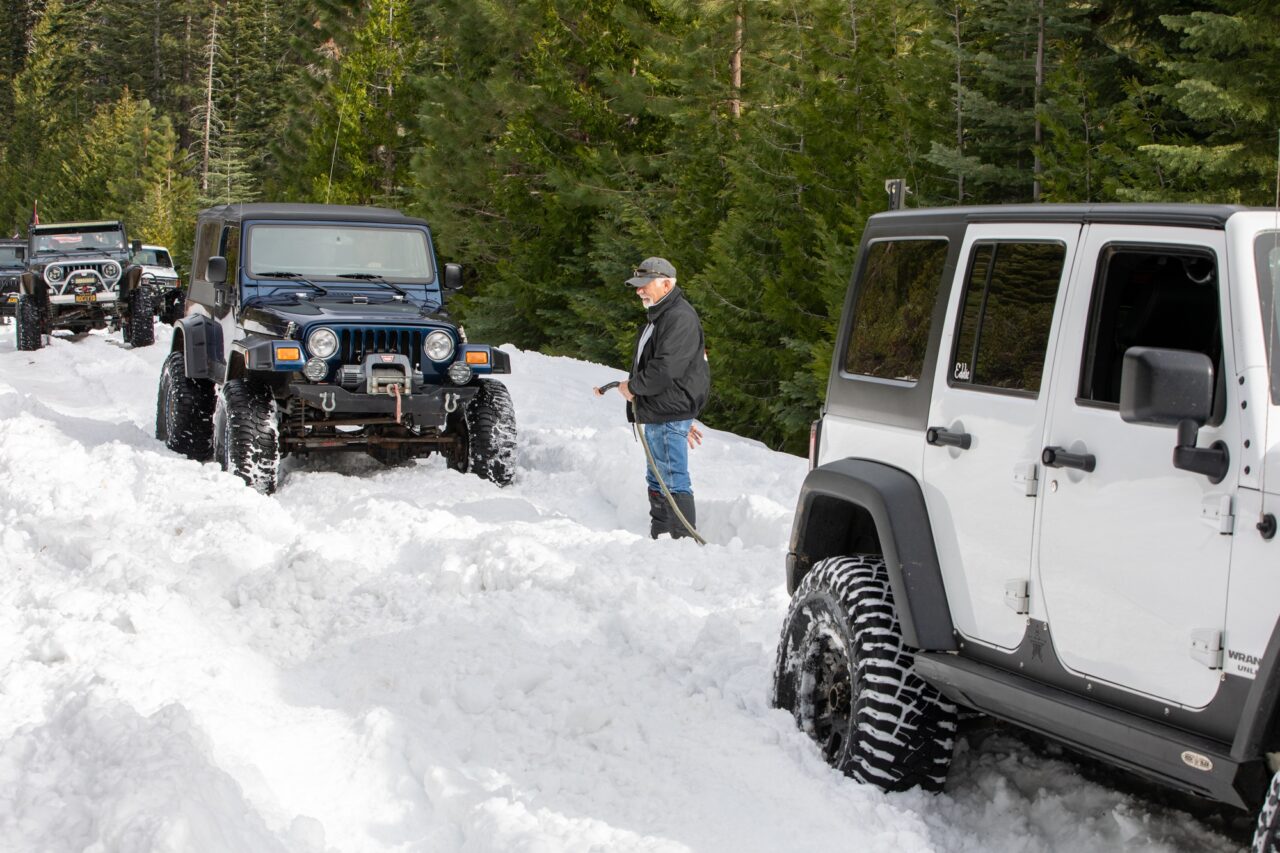
When recovering another vehicle, you risk getting stuck yourself. Kinetic ropes like those offered by Bubba Rope and Smittybilt allow the lead vehicle to get a running start, then the rope stretches, sling shotting the stuck vehicle out of its hole. Because the ropes stretch there is no harsh engagement and it is much easier on both vehicles.
When you air down your tires, you need to have a way to air them back up at the end of the trail. Driving at freeway speeds with deflated tires can cause the carcass of the tire to heat up to the point of failure. And since we tend to air down to lower pressures in the snow than nearly any other terrain, there is the potential for the tire to unseat from the rim. Ever tried to change a tire in the snow? Unless you have an eight foot long Hi-Lift, it isn’t going to happen. Instead, it is recommended to have an onboard air source capable of reseating a bead. There are three basic varieties of air sources: electric, belt driven, and compressed CO2. They all have their strengths and weaknesses. Electric pumps are inexpensive and portable, but they are better suited for airing up tires than reseating beads. Belt driven compressors flow a lot of air, and with an auxiliary tank they can easily reseat a tire. Applications for belt driven compressors are limited though, and they take up a lot of space under the hood. CO2 tanks like Powertanks are another great option, as they are relatively light, portable, and have plenty of power to reseat a tire on the rim. Note that CO2 requires a temperature change and will be less effective in extremely cold (below zero) conditions though.
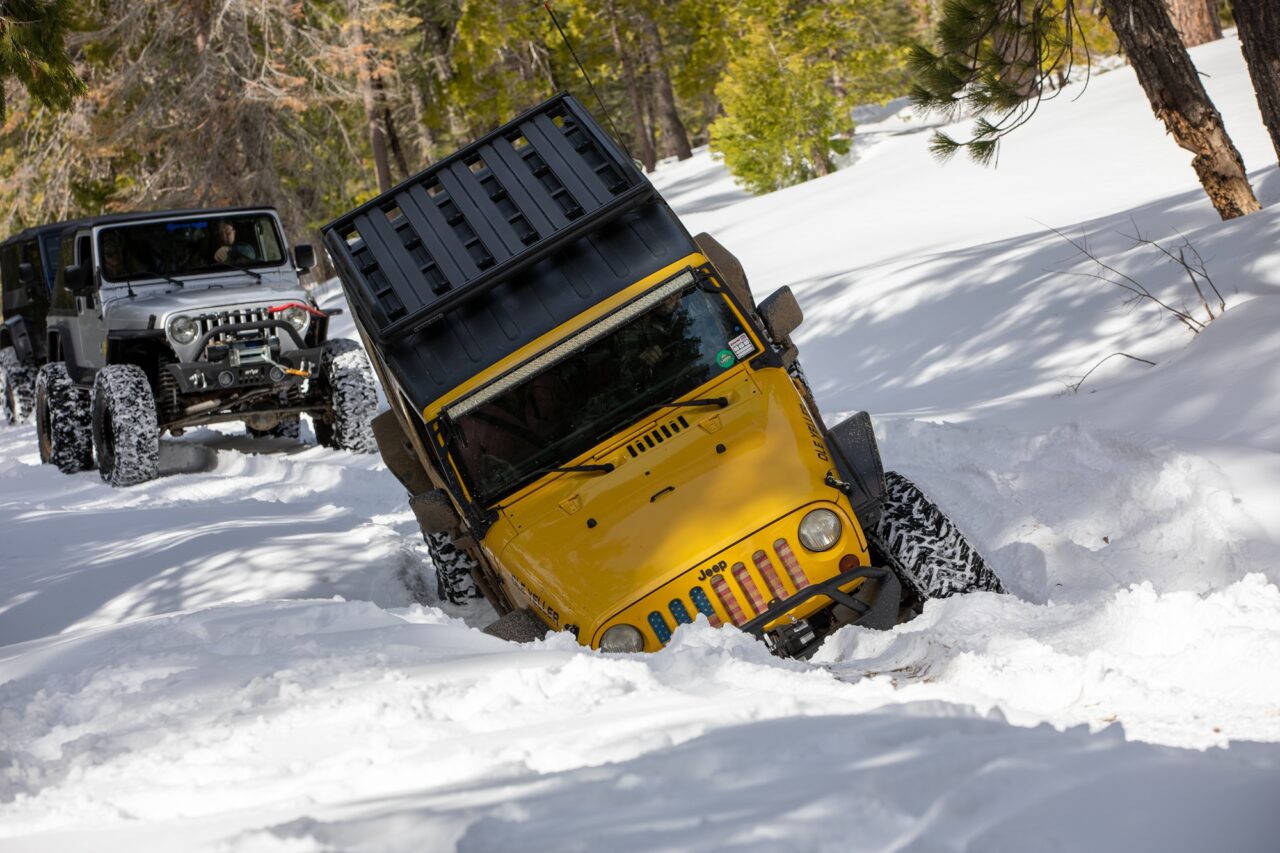
Creek crossings can be particularly treacherous in the snow since they will often be hollow underneath and can give way as you try to cross them. In this instance the first few vehicles had no issues but as the group went on and the snow became more dug out the ground eventually gave way and others in the group had to be winched across the crevasse.
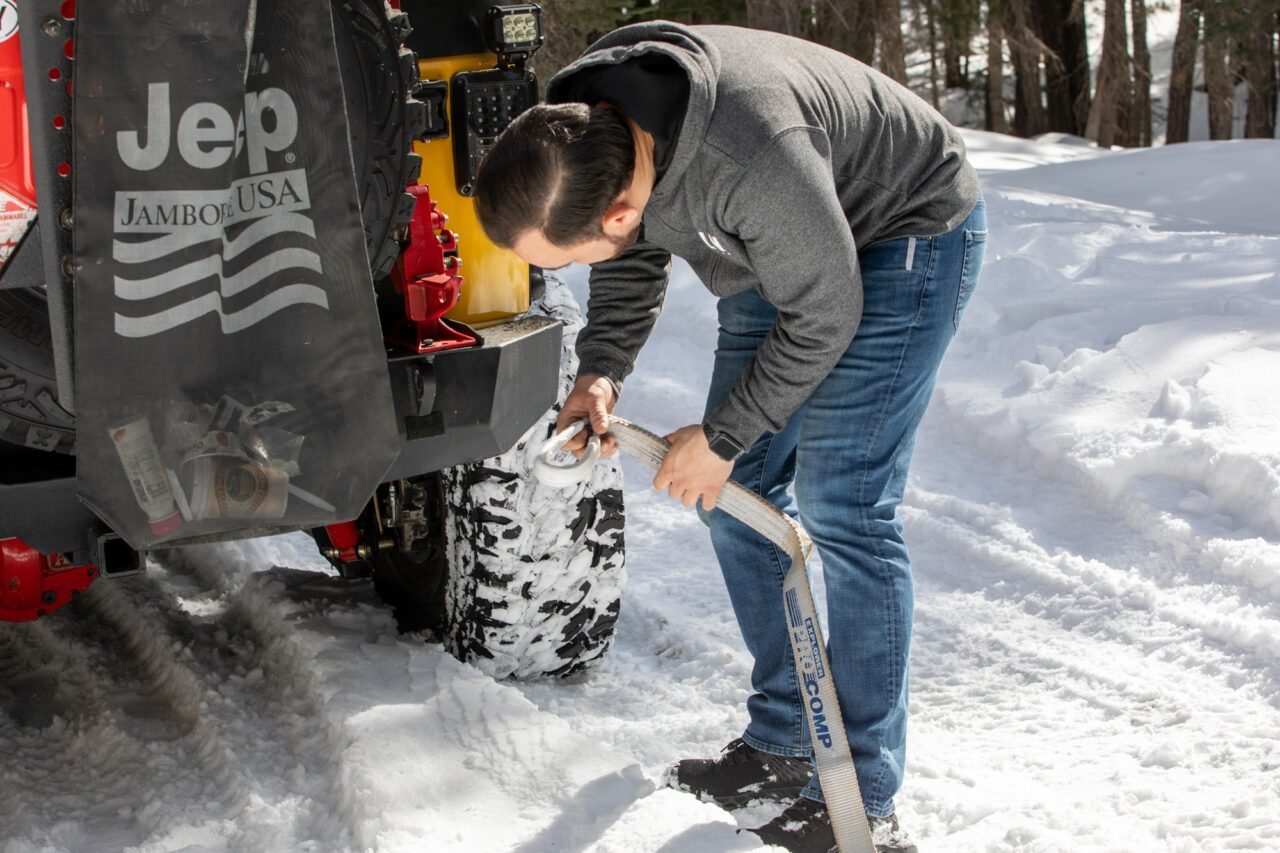
Getting stuck is part of snow wheeling. In the morning when the snow was light and dry even the lightest wheel spin would result in sinking your rig. Recovery points front and rear are a Cal4Wheel requirement for Winter Fun Fest, and nearly everyone on our run needed to use them at least once.
Recovery In The Snow
Much of the recovery gear that you need for snow is the same as other terrain. Sturdy tow hooks front and rear, kinetic recovery straps, soft shackles, and d-ring shackles are all important when traversing deep snow. Our truck is also equipped with a Warn winch, which can be helpful if you are buy yourself or need to perform a complicated recovery. In most situations though a quick tug from a Bubba Rope will suffice. Traction boards are also helpful for recoveries, as they allow you to get back up on top of the snow rather than just sinking and digging in. A snow shovel is an important addition to your normal recovery gear, and they are relatively inexpensive. A shovel can be used to dig out tires, axles, and frames when they are pushing snow and you are not going anywhere.
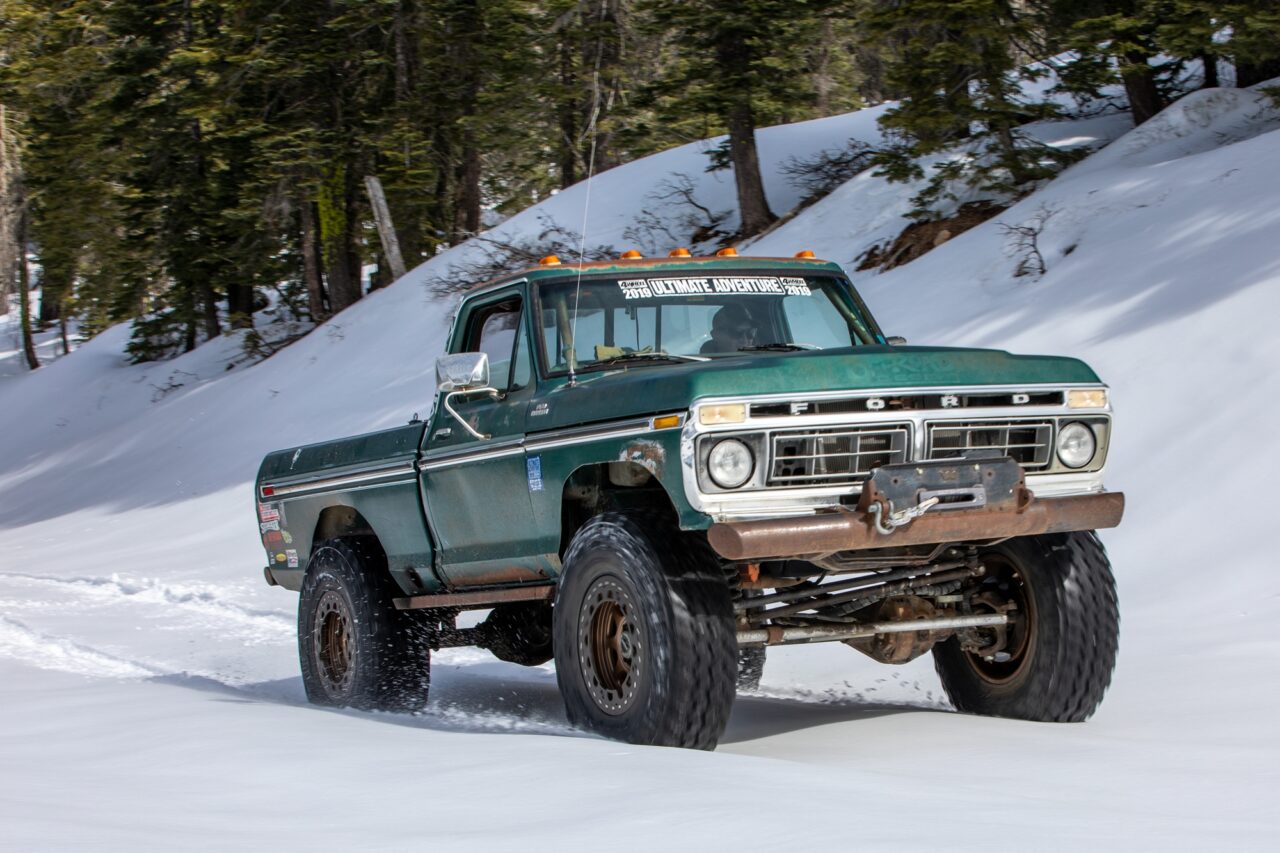
Our Ford truck runs 42-inch Nitto Trail Grapplers on Trailready beadlock wheels at 4 psi in the snow. It has a 460 engine with plenty of power and a huge Griffin aluminum radiator to keep it cool. The Super Duty axles use Detroit Lockers for reliable traction and an Off-Road Design Doubler provides plenty of gear reduction.
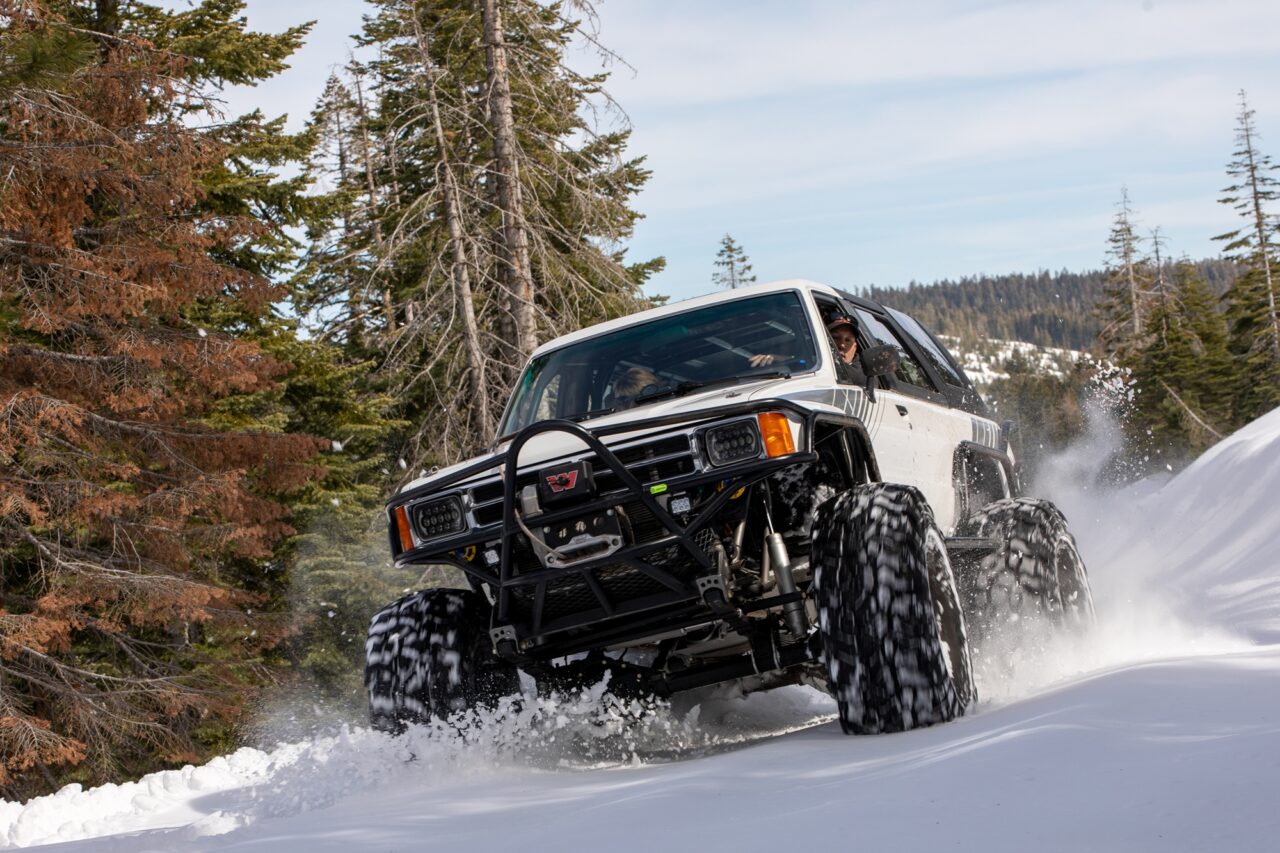
Mike Smith can go just about anywhere in the snow in his heavily modified 4Runner. He started with a lightweight vehicle and added an LS engine under the hood with plenty of gearing behind it. The one-ton axles are capped with huge 44-inch Pit Bull Rockers that float on top of the snow at 2 psi.
Winter Fun Festival
While we signed up for an “extreme” run, there are a variety of different runs offered for various types of vehicles and skill levels. One of the most popular runs is the historical SUV run, led by renowned historian Jim Bramham. Winter Fun Festival also includes plenty of festivities at the Grass Valley Fairgrounds, which serves as a base of operations for the event. RV facilities are located on site, along with plenty of parking for tow rigs and trailers. A silent auction, raffles for kids big and small, and vendor booths filled the hall at the fairgrounds, and hot meals were available to warm you up and give you the energy needed to play in the snow. Winter Fun Festival truly has something for everyone, that is what keeps us going back year after year.
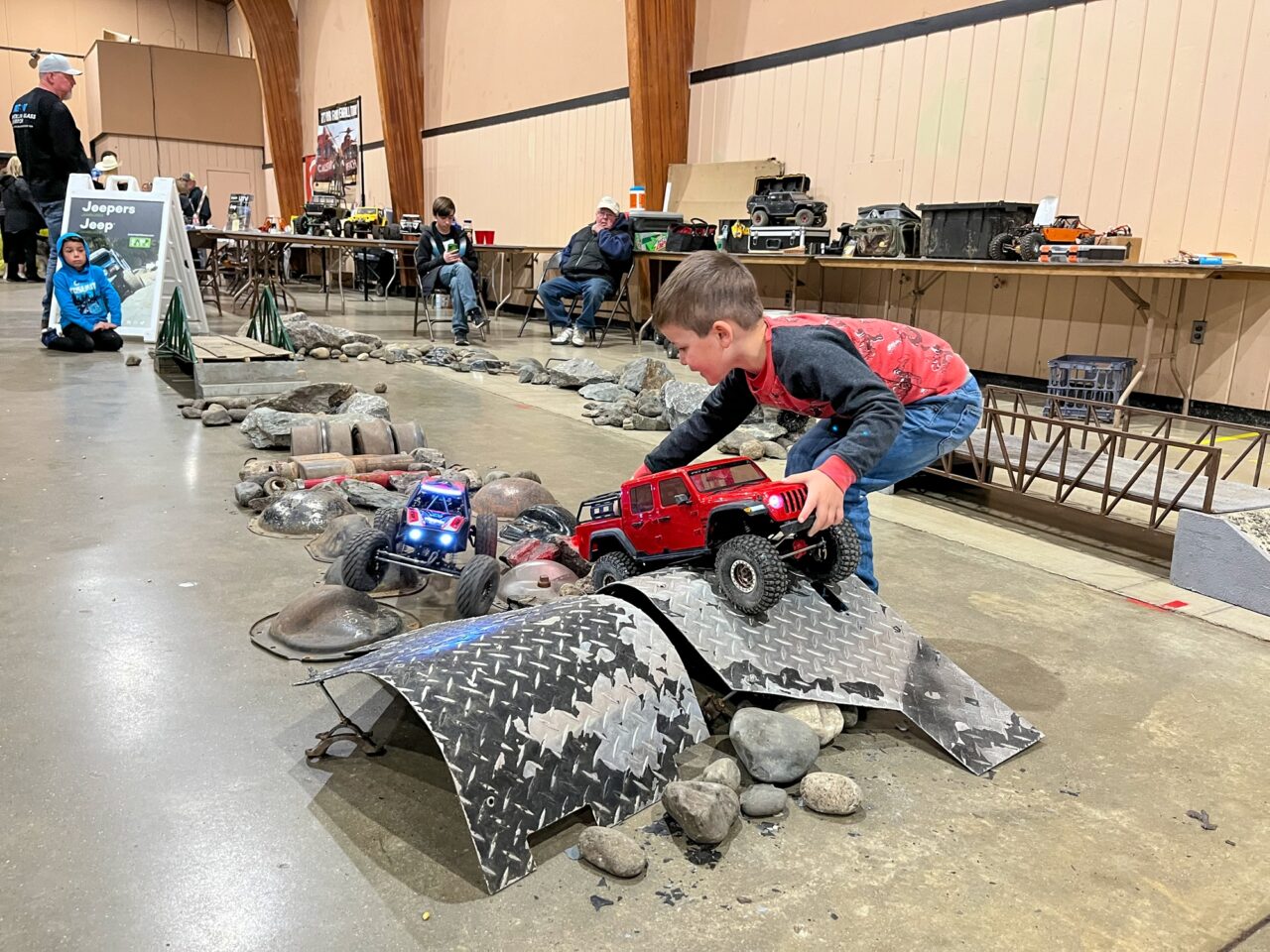
Kids of all ages enjoyed the radio controlled rock crawling at Winter Fun Festival. The course that was created even had a reproduction of the famous bridge at Rubicon Springs! These scaled down buggies and Jeeps have come a long way over the years, now featuring locking differentials, real coilover shocks, and more.
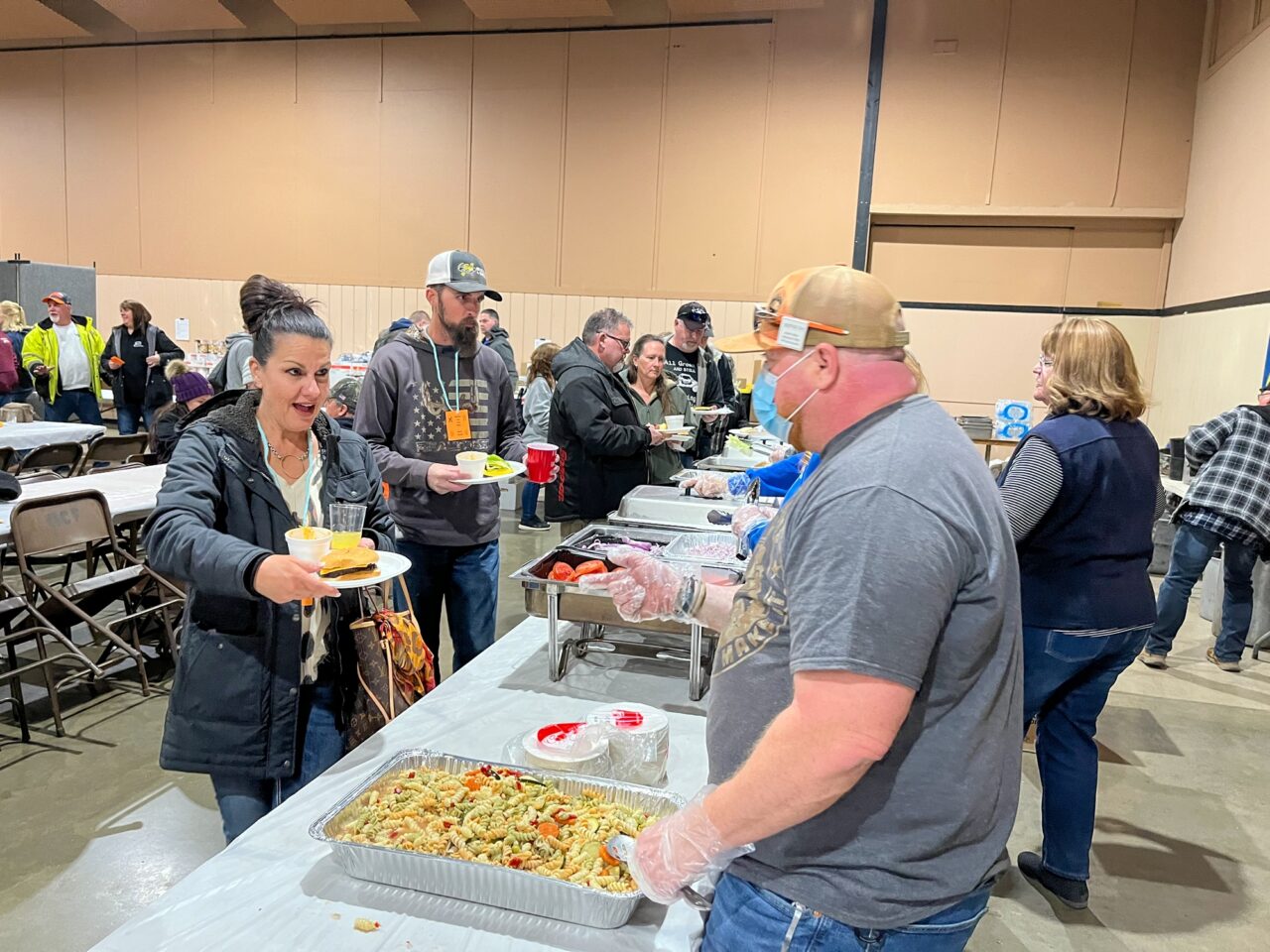
Winter Fun Festival is staffed entirely by volunteers who are members of 4×4 clubs that are part of the California Association of 4WD Clubs. The Sierra Treasure Hunters of Sacramento served us burgers for dinner on Friday night. Money raised by registrations for the event is used to fight land closures and fund education of responsible outdoor ethics.



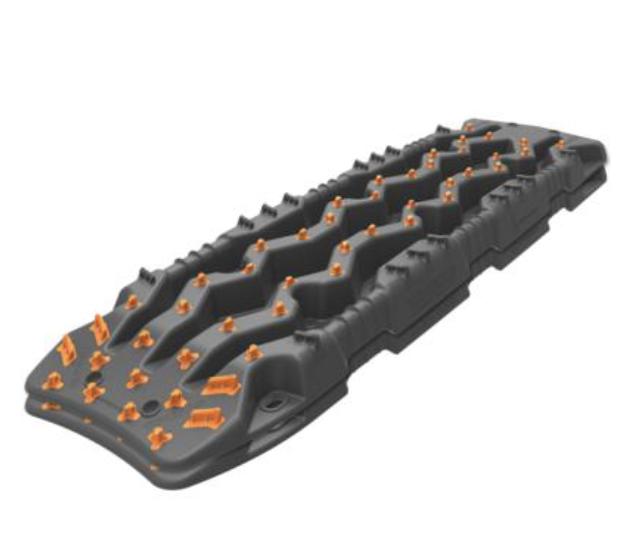
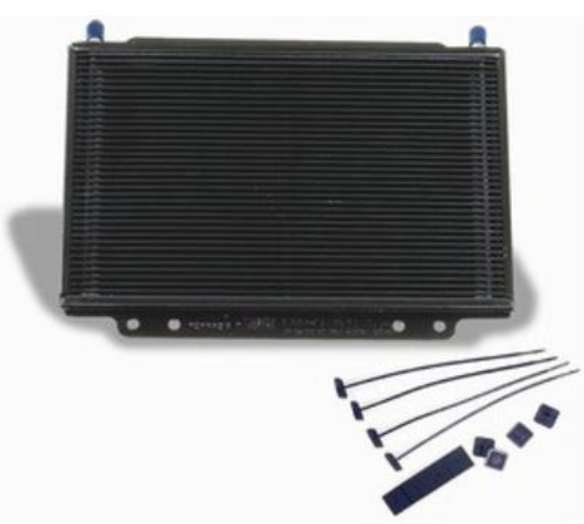
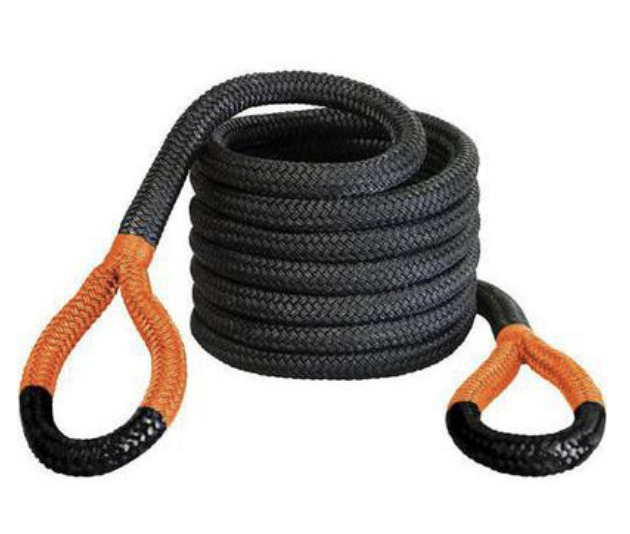
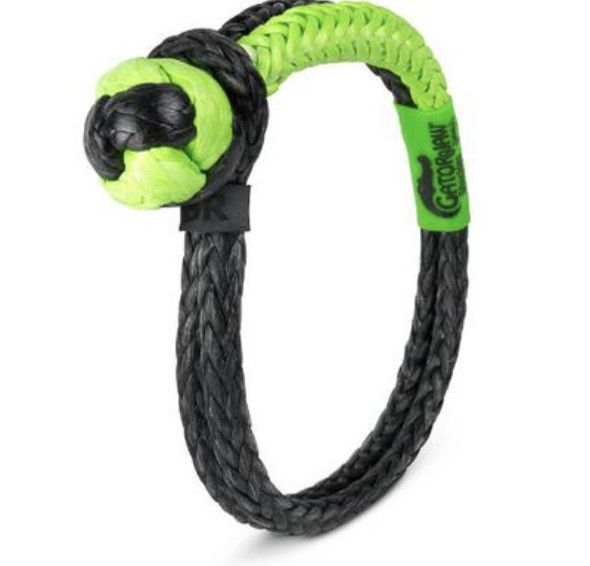
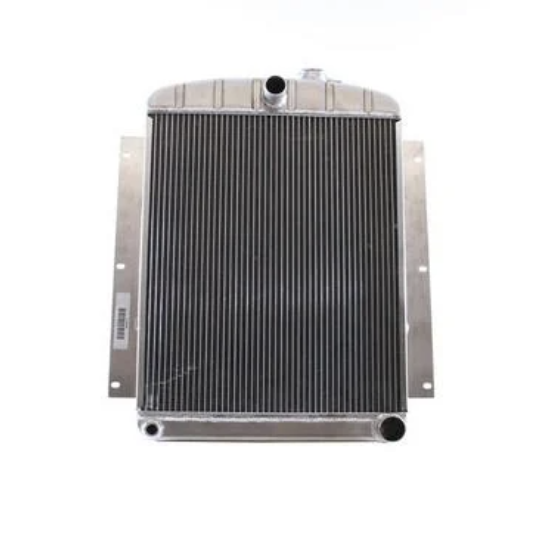
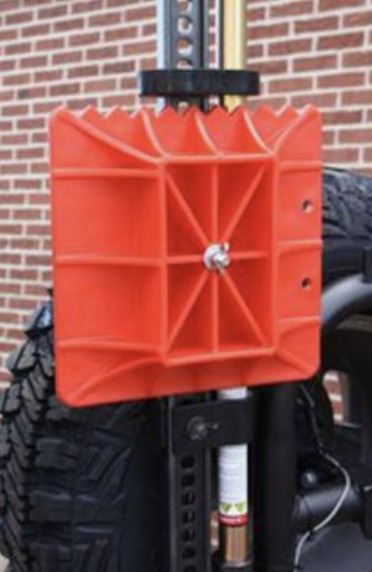
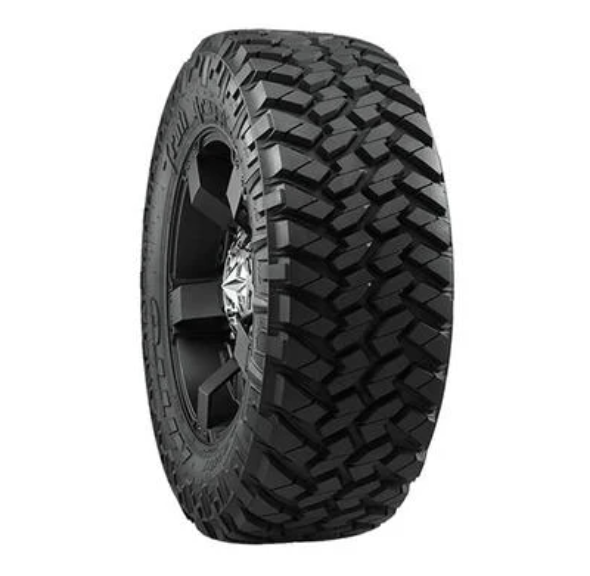
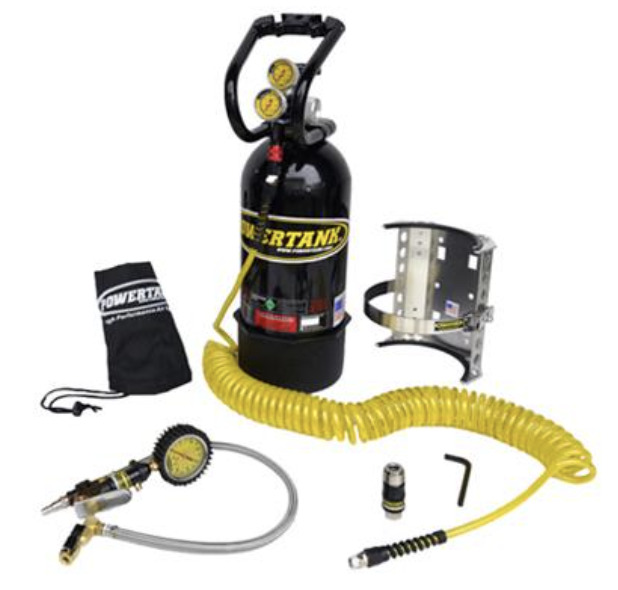
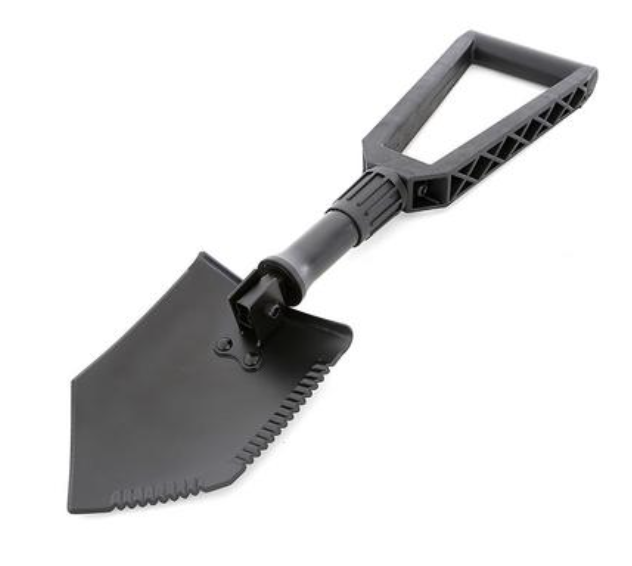
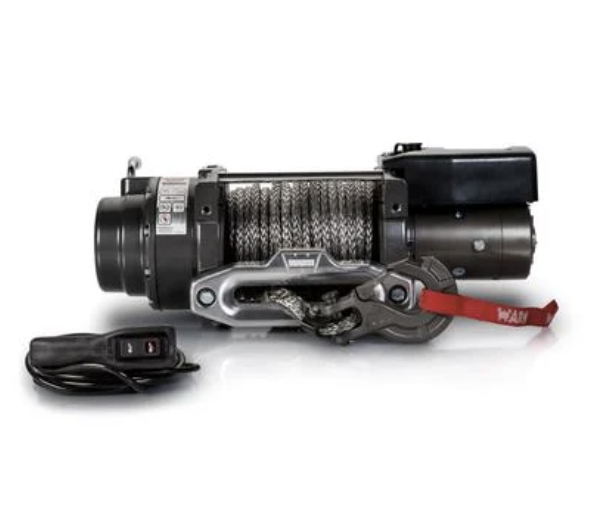
2